If you are seeking to use nana ceramic tiles as roofing materials, it is highly recommended that you must consider the advantages and disadvantages of such tiles before buying them. However, due to their capacity to exhibit better and distinctive qualities when compared to traditional bulk ceramic materials, nanoceramics have drawn a lot of interest as candidate materials in recent years, whether for roofing tiles or other applications. Nanoceramics have special processing mechanical and surface properties such as superplasticity, machinability, strength, toughness, and heat resistance because of their small grain size, numerous grain boundaries, and tunable crystallinity. Nanoceramics are very durable and exhibit excellent resistance to compression and bending. Most ceramics can withstand temperatures as high as steel while maintaining their strength. Clay, concrete, or slate roof tiles are some options available to homeowners looking for an alternative to the more conventional asphalt shingles. These multipurpose roofing materials are available in an assortment of natural earth tones and one-of-a-kind shapes to create a more conventional appearance. The higher initial cost of installing a tile roof may deter some homeowners from investing; however, roof tiles offer a variety of benefits that may make the investment worthwhile in the long run. To determine whether a tile roof is the best option for you, we will examine the benefits and drawbacks of this roofing material.  The Pros of Having a Roof Made of Tile Homeowners can enjoy many benefits, including durability, versatility, energy efficiency, and curb appeal, when tile roofing is installed in their homes. The lifespan as well as the durability The traditional asphalt shingle is the material most frequently used for roofing because it has a reputation for being relatively inexpensive to install in comparison to other materials. In general, and depending on the material, tile is more expensive. However, it is significantly more long-lasting than asphalt and will not need to be replaced nearly as frequently. In point of fact, tile is one of the roofing materials that lasts the longest. Depending on how well they are maintained, roof tiles made of concrete, slate, or clay can last anywhere from 50 to 100 years. Versatility in terms of appearance Many homeowners choose tile roofing because it offers a wide variety of design options, which is one reason for its popularity. You can find roofing tiles in a wide range of hues and designs, from the rusty orange color of terra cotta clay tiles to the gothic appearance of dark slate tiles. Some tile products are designed to look like wood shake, resulting in a roof that looks like textured wood but is actually fireproof.
The Pros of Having a Roof Made of Tile Homeowners can enjoy many benefits, including durability, versatility, energy efficiency, and curb appeal, when tile roofing is installed in their homes. The lifespan as well as the durability The traditional asphalt shingle is the material most frequently used for roofing because it has a reputation for being relatively inexpensive to install in comparison to other materials. In general, and depending on the material, tile is more expensive. However, it is significantly more long-lasting than asphalt and will not need to be replaced nearly as frequently. In point of fact, tile is one of the roofing materials that lasts the longest. Depending on how well they are maintained, roof tiles made of concrete, slate, or clay can last anywhere from 50 to 100 years. Versatility in terms of appearance Many homeowners choose tile roofing because it offers a wide variety of design options, which is one reason for its popularity. You can find roofing tiles in a wide range of hues and designs, from the rusty orange color of terra cotta clay tiles to the gothic appearance of dark slate tiles. Some tile products are designed to look like wood shake, resulting in a roof that looks like textured wood but is actually fireproof.  Tile roofing allows you the flexibility to choose a design that best compliments your home’s architecture. However, consider that various materials have different structural needs, and these requirements might affect the installation’s cost. For instance, frame reinforcements can be necessary if you choose thick slate tiles. Effective Use of Energy The ability to insulate your house is one of the most important functions of your roof, and tile is an excellent insulator. Because they are less effective at transferring heat, tile roofs are better able to retain warm air inside homes during the winter. In regions where summers are long and hot, tile may also assist in keeping dwellings cool. Tile roofs are common in southern and coastal architecture, and one of the reasons for this is because tile reflects solar energy rather than soaking it up as other roofing materials do. If you want a roof that will help you save money on your heating and cooling bills, tile may give a better value over the long run than asphalt shingles would. Curb Appeal A house with a tile roof will command a higher price from prospective purchasers. This may be due to the fact that they put a greater value on houses made of sturdier materials, ones that will last a lifetime, ones with unique beauty, or a combination of these three reasons. Increasing the market value of your property by installing roof tile, particularly slate tile, is something you should consider doing if you ever want to sell it.
Tile roofing allows you the flexibility to choose a design that best compliments your home’s architecture. However, consider that various materials have different structural needs, and these requirements might affect the installation’s cost. For instance, frame reinforcements can be necessary if you choose thick slate tiles. Effective Use of Energy The ability to insulate your house is one of the most important functions of your roof, and tile is an excellent insulator. Because they are less effective at transferring heat, tile roofs are better able to retain warm air inside homes during the winter. In regions where summers are long and hot, tile may also assist in keeping dwellings cool. Tile roofs are common in southern and coastal architecture, and one of the reasons for this is because tile reflects solar energy rather than soaking it up as other roofing materials do. If you want a roof that will help you save money on your heating and cooling bills, tile may give a better value over the long run than asphalt shingles would. Curb Appeal A house with a tile roof will command a higher price from prospective purchasers. This may be due to the fact that they put a greater value on houses made of sturdier materials, ones that will last a lifetime, ones with unique beauty, or a combination of these three reasons. Increasing the market value of your property by installing roof tile, particularly slate tile, is something you should consider doing if you ever want to sell it. 
Roofing tiles disadvantages
Tile roofing, despite all of its benefits, has very few drawbacks to speak of. The expense of installing a tile roof is the primary deterrent for the vast majority of property owners. Cost On average, the price of a roof covered in asphalt shingles ranges from $8,700 to $22,000. The installation of high-end asphalt shingles is less expensive than the installation of tile roofing, which can range anywhere from $24,400 to $35,000 for clay or concrete tiles, and from $32,000 to $50,000 for stone or slate tiles. Investing this much is comparable to the cost of a metal roof. The increased cost of a tile roof can be attributed to a few different factors. A tile roof, similar to most other roofing projects, requires the installation of a professional. Roofers who have experience working with tiles may choose to charge more for their services because of the demand for their expertise. The heavier load may require reinforcement of your roof’s underlying structure if you choose slate or stone as your roofing material. This will add to the cost of framing your home. Maintenance Tile is a very low-maintenance roofing material because of its long lifespan and resistance to wear and tear. There is, nevertheless, a high probability that more areas of your roof may eventually need attention. For instance, during the lifetime of your tile, the material that serves as the underlayment will need to be replaced multiple times.  According to Feller, underlayment is the primary factor in the failure of newly installed tile roofs. For a new tile roof, it’s worth the additional cost to have a good underlayment. My personal preference is a peel-and-stick modified bitumen. ” In point of fact, this provides a second layer of defense against water infiltration in case it manages to get past the tile itself. Under the tiles of many newly built houses, the underlayment is made of a papery material that breaks easily. Tile may be resistant to things like wind, rain, snow, and fire, but it shouldn’t be stepped on. If you need to climb up on your roof for any other purpose except winterizing it, you should be careful not to damage any tiles while you are walking on them so that you don’t have to replace them. The tiles are less likely to shatter if you walk in the troughs of the tiles rather than on the top of the tiles. This is a pro tip. Another technique that will help you distribute your weight more evenly while you walk is to make sure that your heel and toe are always on two different tiles at all times. Also, bear in mind that concrete tiles are more likely to crack than clay tiles when they shatter. If you are not sure how to do this operation without causing any harm, you might consider hiring a tile roofing professional. tile roofing Today’s residential construction calls for the use of a wide variety of roofing materials, each of which has its own set of benefits and downsides. Examining these other common roofing materials might assist you in determining whether or not tile is the best option for your home.
According to Feller, underlayment is the primary factor in the failure of newly installed tile roofs. For a new tile roof, it’s worth the additional cost to have a good underlayment. My personal preference is a peel-and-stick modified bitumen. ” In point of fact, this provides a second layer of defense against water infiltration in case it manages to get past the tile itself. Under the tiles of many newly built houses, the underlayment is made of a papery material that breaks easily. Tile may be resistant to things like wind, rain, snow, and fire, but it shouldn’t be stepped on. If you need to climb up on your roof for any other purpose except winterizing it, you should be careful not to damage any tiles while you are walking on them so that you don’t have to replace them. The tiles are less likely to shatter if you walk in the troughs of the tiles rather than on the top of the tiles. This is a pro tip. Another technique that will help you distribute your weight more evenly while you walk is to make sure that your heel and toe are always on two different tiles at all times. Also, bear in mind that concrete tiles are more likely to crack than clay tiles when they shatter. If you are not sure how to do this operation without causing any harm, you might consider hiring a tile roofing professional. tile roofing Today’s residential construction calls for the use of a wide variety of roofing materials, each of which has its own set of benefits and downsides. Examining these other common roofing materials might assist you in determining whether or not tile is the best option for your home.  Shingles made of asphalt Fiberglass or cellulose matting, asphalt, and mineral granules are used to make the shingles used most often in residential construction. They are easier to handle in terms of weight, price, and installation difficulty compared to other roofing materials like tile, wood, or metal. Asphalt shingles, much like tile, provide excellent fire resistance and come in a wide variety of colors and designs. On the other hand, they have a greater propensity to deteriorate more rapidly, often after 10 to 20 years. As a result, you will need to start considering shingle roof replacement far sooner than you would need to consider tile roof repair. Wood Shakes Shakes are wooden shingles made by dividing big pieces of thin wood into smaller pieces. In comparison to tiles, they have far less variety in terms of both design and color, and they only survive for a few decades. This particular kind of roofing is typical of homes built on the west coast and in some regions of the Midwest. Because of its propensity to mildew, rot, and split over time, installing a roof made of shakes often costs more than installing concrete tiles and requires more upkeep. They can be treated, but since they are made of wood, they still provide only a moderate level of fire protection even after treatment. Metal Much like tile roofing, metal roofing is long-lasting and sturdy but may be difficult to install and expensive. Additionally, metal reflects the sun’s heat, which results in milder summers and requires very little upkeep.
Shingles made of asphalt Fiberglass or cellulose matting, asphalt, and mineral granules are used to make the shingles used most often in residential construction. They are easier to handle in terms of weight, price, and installation difficulty compared to other roofing materials like tile, wood, or metal. Asphalt shingles, much like tile, provide excellent fire resistance and come in a wide variety of colors and designs. On the other hand, they have a greater propensity to deteriorate more rapidly, often after 10 to 20 years. As a result, you will need to start considering shingle roof replacement far sooner than you would need to consider tile roof repair. Wood Shakes Shakes are wooden shingles made by dividing big pieces of thin wood into smaller pieces. In comparison to tiles, they have far less variety in terms of both design and color, and they only survive for a few decades. This particular kind of roofing is typical of homes built on the west coast and in some regions of the Midwest. Because of its propensity to mildew, rot, and split over time, installing a roof made of shakes often costs more than installing concrete tiles and requires more upkeep. They can be treated, but since they are made of wood, they still provide only a moderate level of fire protection even after treatment. Metal Much like tile roofing, metal roofing is long-lasting and sturdy but may be difficult to install and expensive. Additionally, metal reflects the sun’s heat, which results in milder summers and requires very little upkeep.  To suit the appearance of your house, metal may be purchased in almost any hue and can be found in a wide variety of architectural styles. On the other hand, installing a metal roof normally does not need the use of any structural reinforcements. Clay, slate, and concrete roof tiles are much heavier than metal roofing materials such as steel, copper, zinc, and aluminum. Metal roofing is often made of these elements. Additionally, even though metal roofing won’t fracture, it might corrode over time if it’s exposed to the weather. Tiled roofs are both aesthetically pleasing and very durable. They are also quite expensive and cumbersome, although these drawbacks are to be expected from a roofing material that may last for a century or more. Historically, the majority of roofing tiles were manufactured from slate, a fired clay or terracotta product, or terracotta. However, most roofing tiles manufactured today are molded from colored concrete and are cast in molds. Roofing tiles may be found in a wide variety of forms and configurations, including curved, flat, fluted, or interlocking varieties. Tile is an excellent material for roofing, particularly in regions that experience warm climates or are exposed to salt air. Because of this, you will see that many homes in the Southwest, coastal Florida, and California have roofs made of tile. Because so many of them are so effective at shedding precipitation from cloudbursts, they may also be an excellent choice for regions that experience climates in which it only rains sometimes but produces massive volumes of water in a short length of time.
To suit the appearance of your house, metal may be purchased in almost any hue and can be found in a wide variety of architectural styles. On the other hand, installing a metal roof normally does not need the use of any structural reinforcements. Clay, slate, and concrete roof tiles are much heavier than metal roofing materials such as steel, copper, zinc, and aluminum. Metal roofing is often made of these elements. Additionally, even though metal roofing won’t fracture, it might corrode over time if it’s exposed to the weather. Tiled roofs are both aesthetically pleasing and very durable. They are also quite expensive and cumbersome, although these drawbacks are to be expected from a roofing material that may last for a century or more. Historically, the majority of roofing tiles were manufactured from slate, a fired clay or terracotta product, or terracotta. However, most roofing tiles manufactured today are molded from colored concrete and are cast in molds. Roofing tiles may be found in a wide variety of forms and configurations, including curved, flat, fluted, or interlocking varieties. Tile is an excellent material for roofing, particularly in regions that experience warm climates or are exposed to salt air. Because of this, you will see that many homes in the Southwest, coastal Florida, and California have roofs made of tile. Because so many of them are so effective at shedding precipitation from cloudbursts, they may also be an excellent choice for regions that experience climates in which it only rains sometimes but produces massive volumes of water in a short length of time.  Be aware that tile roofing structures are quite heavy and may be destroyed in favorable situations if you are considering using tiles as your home’s roofing material. If you do decide to go this route, you should read this beforehand. The framework of the roof has to be very sturdy structurally so that it can support and direct the weight. When installed correctly in the appropriate environment, a tile roof has the potential to last for more than one hundred years. It is common knowledge that roofs covered in clay or concrete tiles are resistant to hail, high winds, and even fire. A tiled roof will not rot in any manner, in contrast to a roof made of wood. Tile roofs almost never spring leaks, and they almost never require maintenance or protection unless they shatter as the result of a particularly heavy blow. Leaks are nearly unheard of. It is possible that once you get tile installed on your roof, you will never need to install any other kind of roofing material again. Despite this, the majority of manufacturers will provide a warranty of fifty years, just in case. When they are no longer in use, tile roofs can be pulverized into smaller pieces and recycled because they are not made from synthetic materials but rather from minerals found in the earth. Due to their substantial thermal mass, tiles make it possible to modify the temperature of interior spaces. Slate tiles as well as concrete and clay ones come in a broad range of colors and designs, making them appropriate for use in houses designed in any style, from the Middle Ages to modern Europe. Some of the designs even have the appearance of traditional shingles or shakes made of wood.
Be aware that tile roofing structures are quite heavy and may be destroyed in favorable situations if you are considering using tiles as your home’s roofing material. If you do decide to go this route, you should read this beforehand. The framework of the roof has to be very sturdy structurally so that it can support and direct the weight. When installed correctly in the appropriate environment, a tile roof has the potential to last for more than one hundred years. It is common knowledge that roofs covered in clay or concrete tiles are resistant to hail, high winds, and even fire. A tiled roof will not rot in any manner, in contrast to a roof made of wood. Tile roofs almost never spring leaks, and they almost never require maintenance or protection unless they shatter as the result of a particularly heavy blow. Leaks are nearly unheard of. It is possible that once you get tile installed on your roof, you will never need to install any other kind of roofing material again. Despite this, the majority of manufacturers will provide a warranty of fifty years, just in case. When they are no longer in use, tile roofs can be pulverized into smaller pieces and recycled because they are not made from synthetic materials but rather from minerals found in the earth. Due to their substantial thermal mass, tiles make it possible to modify the temperature of interior spaces. Slate tiles as well as concrete and clay ones come in a broad range of colors and designs, making them appropriate for use in houses designed in any style, from the Middle Ages to modern Europe. Some of the designs even have the appearance of traditional shingles or shakes made of wood.  Cons Clay tile roofing systems may cost anywhere from two to three times as much as asphalt roofing systems to install. Clay tile roofing typically costs between $675 and $1,400 for a rectangle roof, according to the average (one hundred SF of roof area). Concrete tile roofs are more reasonably priced than other roofing materials, with costs ranging from $400 to $450 per square foot. However, this drawback is more than compensated for by the extended lifespan that a tile roof would enjoy. The typical cost for a square foot of slate tile is from $1,000 to $4,000, making it one of the costliest options available. There are several sizes and forms available for slate tiles. The installation of tile roofing requires the expertise of roofing contractors with significant prior experience, which further contributes to the project’s expense. In order to ensure that no moisture is able to get through the tiles, they will need to be measured, then set out in a certain pattern, and last examined. You cannot do this on your own. Your roof has to have the ability to withstand the 850 pounds per square (for clay tiles) or 950 pounds per square (for concrete tiles) that a tile roof may weigh. These loads must be handled by your roof structure. In contrast, the weight of an asphalt roof ranges from only 225 to 325 pounds, consistent with square. If you are replacing shingle roofing with tile roofing, you must consult an expert to determine whether or not structural reinforcement is required. This will cause an increase in the cost of the brand-new roof.
Cons Clay tile roofing systems may cost anywhere from two to three times as much as asphalt roofing systems to install. Clay tile roofing typically costs between $675 and $1,400 for a rectangle roof, according to the average (one hundred SF of roof area). Concrete tile roofs are more reasonably priced than other roofing materials, with costs ranging from $400 to $450 per square foot. However, this drawback is more than compensated for by the extended lifespan that a tile roof would enjoy. The typical cost for a square foot of slate tile is from $1,000 to $4,000, making it one of the costliest options available. There are several sizes and forms available for slate tiles. The installation of tile roofing requires the expertise of roofing contractors with significant prior experience, which further contributes to the project’s expense. In order to ensure that no moisture is able to get through the tiles, they will need to be measured, then set out in a certain pattern, and last examined. You cannot do this on your own. Your roof has to have the ability to withstand the 850 pounds per square (for clay tiles) or 950 pounds per square (for concrete tiles) that a tile roof may weigh. These loads must be handled by your roof structure. In contrast, the weight of an asphalt roof ranges from only 225 to 325 pounds, consistent with square. If you are replacing shingle roofing with tile roofing, you must consult an expert to determine whether or not structural reinforcement is required. This will cause an increase in the cost of the brand-new roof.

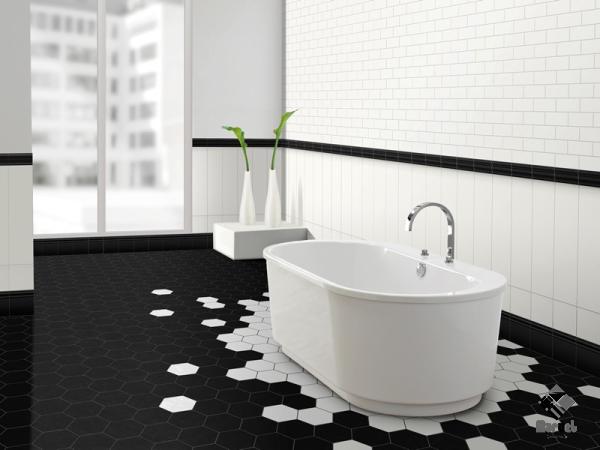
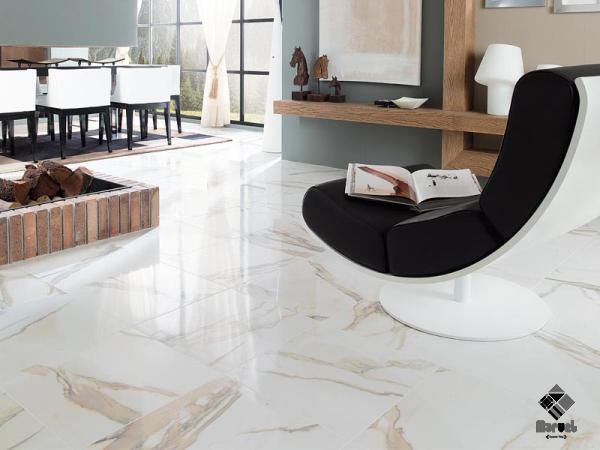
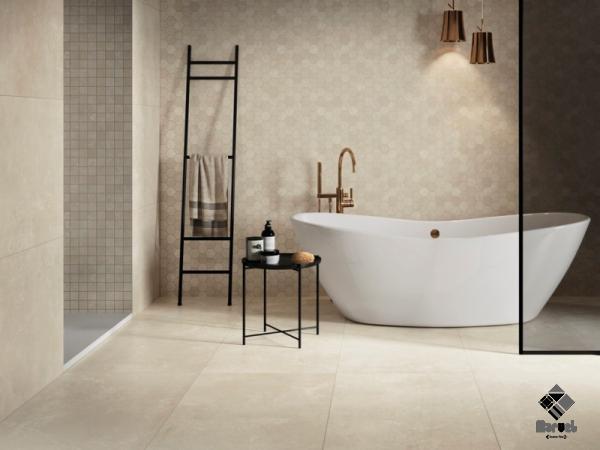
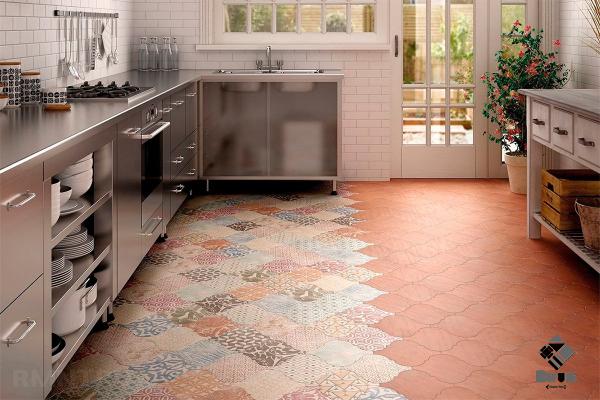
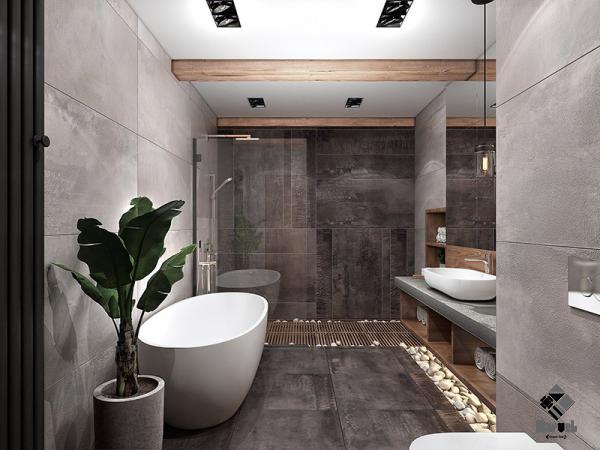
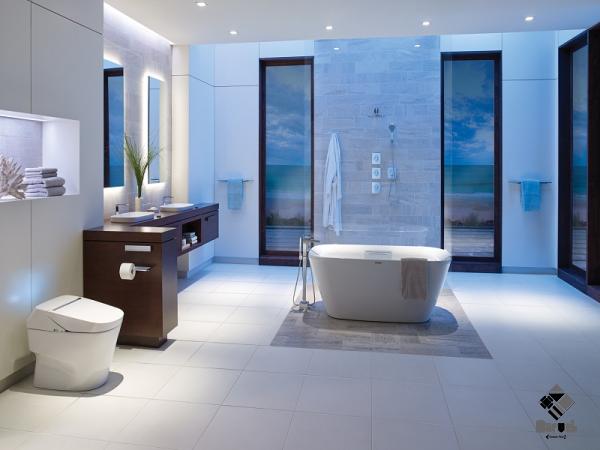
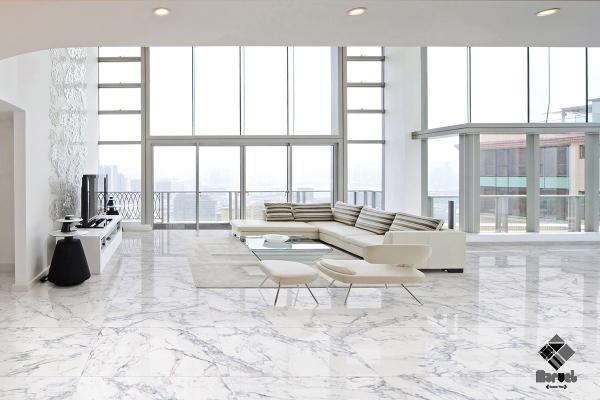
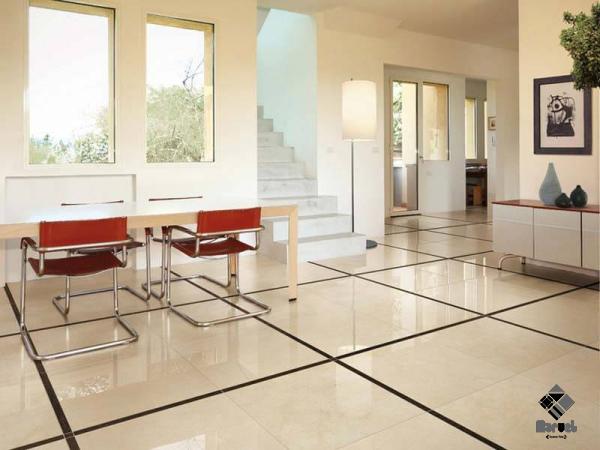
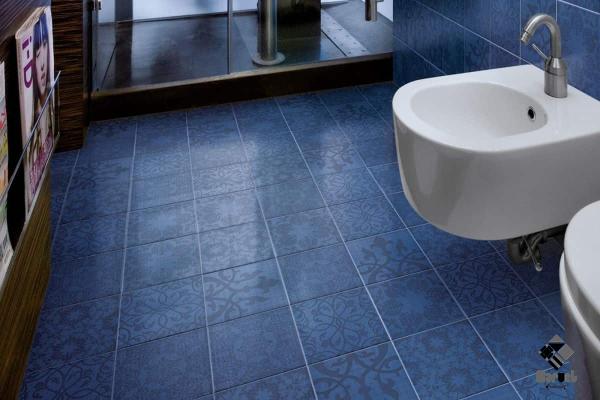
Your comment submitted.